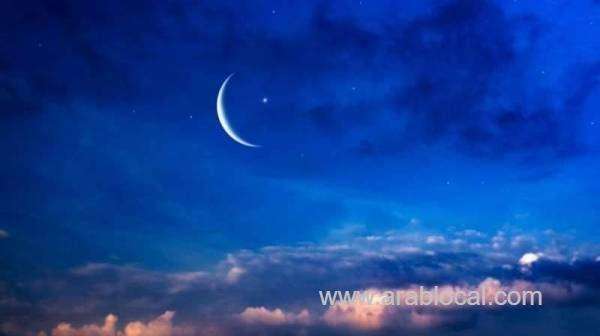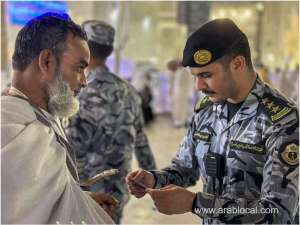As the celebration of Eid Al-Fitr approaches, there has been divergence of views among Arab and Muslim astronomers and astronomical institutes regarding the determination of the first day of Eid this year. Factors such as astronomical calculations, solar eclipse, and weather conditions have contributed to the differences in opinions.
Astronomical forecasts have suggested that Eid Al-Fitr and the first day of Shawwal may fall on Friday, April 21, based on calculations, indicating that Ramadan this year will have 29 days. However, the occurrence of a total eclipse of the sun on Thursday, April 20, in many countries may hinder the sighting of the crescent with the naked eye or through telescopes.
Saudi Arabia's Supreme Court has urged Muslims in the Kingdom to look for the Shawwal crescent on Thursday evening, Ramadan 29, corresponding to April 20, according to the Umm Al-Qura calendar. The court has encouraged those who sight the crescent to register their testimony with the nearest court or town center.
The National Research Institute of Astronomy and Geophysics (NRIAG) in Egypt has predicted that Eid Al-Fitr will be on Friday, April 21, with Thursday, April 20, being the last day of the holy month of Ramadan and Friday being the first day of Shawwal. The institute has denied any expected impact of the solar eclipse on the sighting of the Shawwal crescent.
Gad El-Qady, head of NRIAG, has stated that the beginning of the month of Shawwal for the current Hijri year 1444 is Friday, April 21. He has further explained that the new crescent will be born at 6:14 a.m. local Cairo time on Thursday and will remain in the sky for varying periods of time after sunset in different regions.
The International Astronomical Center (IAC) has also weighed in on the issue, stating that the sighting of the crescent on Thursday evening is very difficult and requires precise telescopes, professional observers, and exceptional weather conditions. The IAC has predicted that the majority of the countries in the Islamic world are likely to announce the start of the month of Shawwal on Friday due to the possibility of seeing the crescent with telescopes from some parts of the Islamic world on Thursday, combined with the occurrence of conjugation before sunset and the setting of the moon after sunset in all regions.
Saudi astronomer Dr. Abdullah Al-Misnid has emphasized that when the Hijri month completes 30 days according to the Umm Al-Qura calendar, the determination of the time of entering and ending the month is 100% certain based on astronomical calculations. However, when the month is 29 days, further observation and sighting with the naked eye or telescopes may be required in some countries, and therefore, Eid Al-Fitr may fall on Saturday, April 22, for them.







